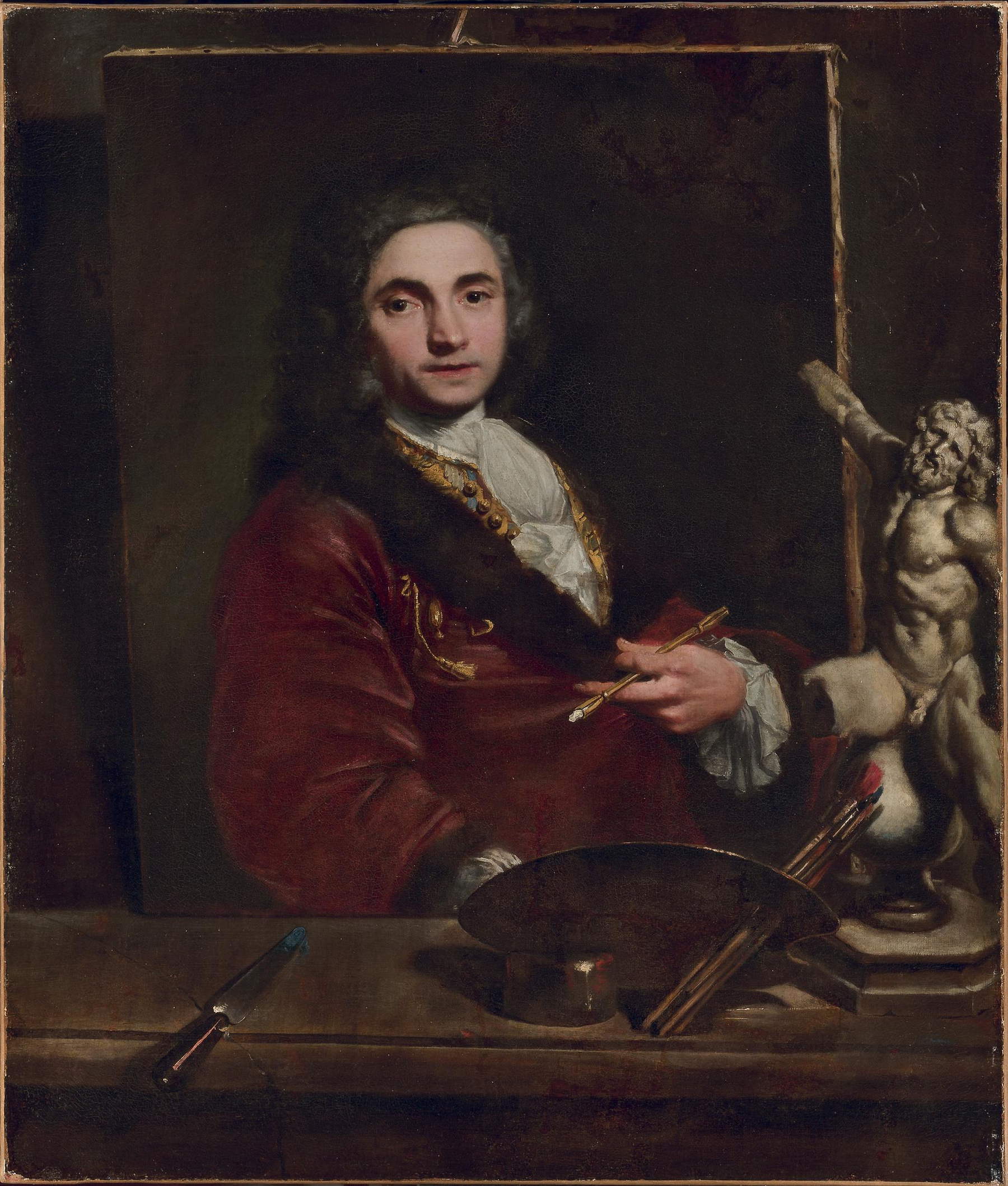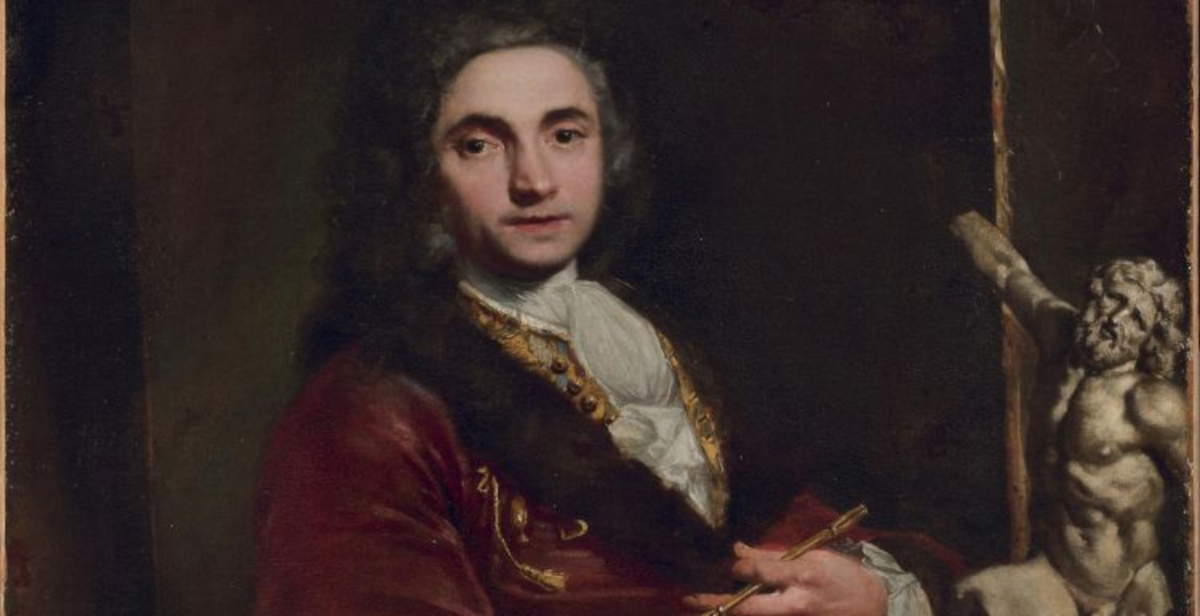A new piece has been added to the holdings of theCarrara Academy of Bergamo, which has been collecting and preserving fundamental evidence of Italian painting for more than two centuries. A self-portrait by Bartolomeo Nazari (Clusone, 1693 - Milan, 1758), datable between 1725 and 1730, has joined the museum’s collections thanks to a donation from Carla Bonfichi. The work comes from the Molinari Pradelli collection in Bologna, one of the most important private collections of the 20th century regarding Italian Baroque painting. The painting is presented to the public on Friday, May 16 at 5:30 p.m. in the spaces of the Ala Vitali. The new acquisition continues the long path of growth of the Bergamasque museum, founded in 1796 at the behest of collector Giacomo Carrara. Since then, more than 260 donors have contributed to increasing the institution’s holdings, making it one of the main repositories of Italian art from the Renaissance to the 19th century. Prominent among them are figures such as Guglielmo Lochis, Giovanni Morelli, Federico Zeri and Mario Scaglia, whose contributions helped define Carrara’s physiognomy and prestige.
Carla Bonfichi’s donation is part of this tradition of private patronage, confirming Carrara’s role as a “House of Collecting,” a place where the passion of individuals finds public and institutional continuity. The author of the work, Bartolomeo Nazari, was born in Clusone, in the province of Bergamo, and worked for a long time between Bergamo, Venice and Milan. Initially trained locally, Nazari may also have frequented the workshop of Fra Galgario, a coeval painter with whom he shared an interest in portraiture. His career then developed in wider circles, particularly in Venice, where he refined his technique and managed to establish himself as a portrait painter even outside regional circles, obtaining international commissions and developing an autonomous and recognizable language. The Bergamo museum already preserves some of his works, including a portrait of Giacomo Carrara himself.

The donated self-portrait is distinguished by a particular compositional refinement and the use of an optical effect, rare for the time, that places the work in the groove of the trompe-l’œil tradition. Nazari represents himself within a painted canvas, in a construction that simulates a picture within a picture. The effect, designed to disorient the viewer while enhancing the painter’s illusionistic abilities, is achieved through a meticulous orchestration of planes and objects that create an unusually realistic depth. This is a visual strategy aimed at breaking the rigidity of the traditional pose, adding a level of metapictorial awareness to the self-representational gesture. In the image, Nazari is shown with some of the typical tools of the trade: a wooden-handled palette knife, palette, and brushes still soaked in paint. Also depicted alongside these objects is a plaster model of the Laocoon sculptural group, an icon of classical art and a symbol of inspiration for generations of artists, even in the 18th century. The inclusion of the Laocoon on a smaller scale underscores the artist’s adherence to an ideal of beauty and mastery rooted in the Greco-Roman tradition, while highlighting his cultural background and self-perception of the artist’s role.
The painting was part of the collection of Francesco Molinari Pradelli, a conductor and art enthusiast, whose personal collection represents one of the landmarks of seventeenth- and eighteenth-century Italian Baroque painting. Upon his death, the collection was partly maintained and cared for by Carla Bonfichi, who decided to donate the self-portrait to Carrara in memory of Molinari Pradelli himself and his wife, Bianca Maria Radaelli. The acquisition thus makes it possible not only to enhance the work of an artist from Bergamo who was active at a crucial moment in Italian painting, but also to delve into a figure - that of Nazari - who for a long time remained on the margins of critical and museum itineraries, despite his notoriety at the time and the quality of his work. The presentation of the work will be attended by the president of the Fondazione Accademia Carrara and mayor of Bergamo Elena Carnevali, donor Carla Bonfichi, Carrara director Maria Luisa Pacelli, art historian Angelo Mazza and Paolo Plebani, head of the Conservators Office as well as conservator of the Academy’s paintings, drawings and prints sections.
 |
| A self-portrait by Bartolomeo Nazari enters the Carrara thanks to a new donation |
Warning: the translation into English of the original Italian article was created using automatic tools. We undertake to review all articles, but we do not guarantee the total absence of inaccuracies in the translation due to the program. You can find the original by clicking on the ITA button. If you find any mistake,please contact us.